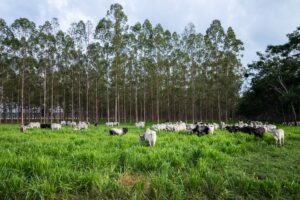
Can Brazil save the Amazon and produce enough beef to feed the world?
Restoring 40 million hectares of pasture could feed billions and ease pressure on the Amazon. Is the world paying attention?
When people talk about agriculture today, oftentimes, the conversations tend to emphasize its drawbacks rather than its advantages, especially when the topic turns to environmental impact. In reality, however, the world’s farmers are uniquely positioned to have the greatest impact on the environment, and they are continually finding innovative ways to improve their sustainability. One of those innovations is biodigesters.
Biodigesters — also known as anaerobic digesters (AD) — are the site of anaerobic digestion, where organic matter breaks down in the absence of oxygen in a process known as anaerobic digestion. Whether it’s from humans, animals or industrial processes, organic waste — animal manure, wastewater bio-solids and food waste — is inevitable. Properly managing this waste is vital to achieving optimal agriculture operations and to improving sustainability.
Put simply: Biodigesters turn manure, food waste and other organic leftovers into clean energy and nutrient-rich fertilizers.
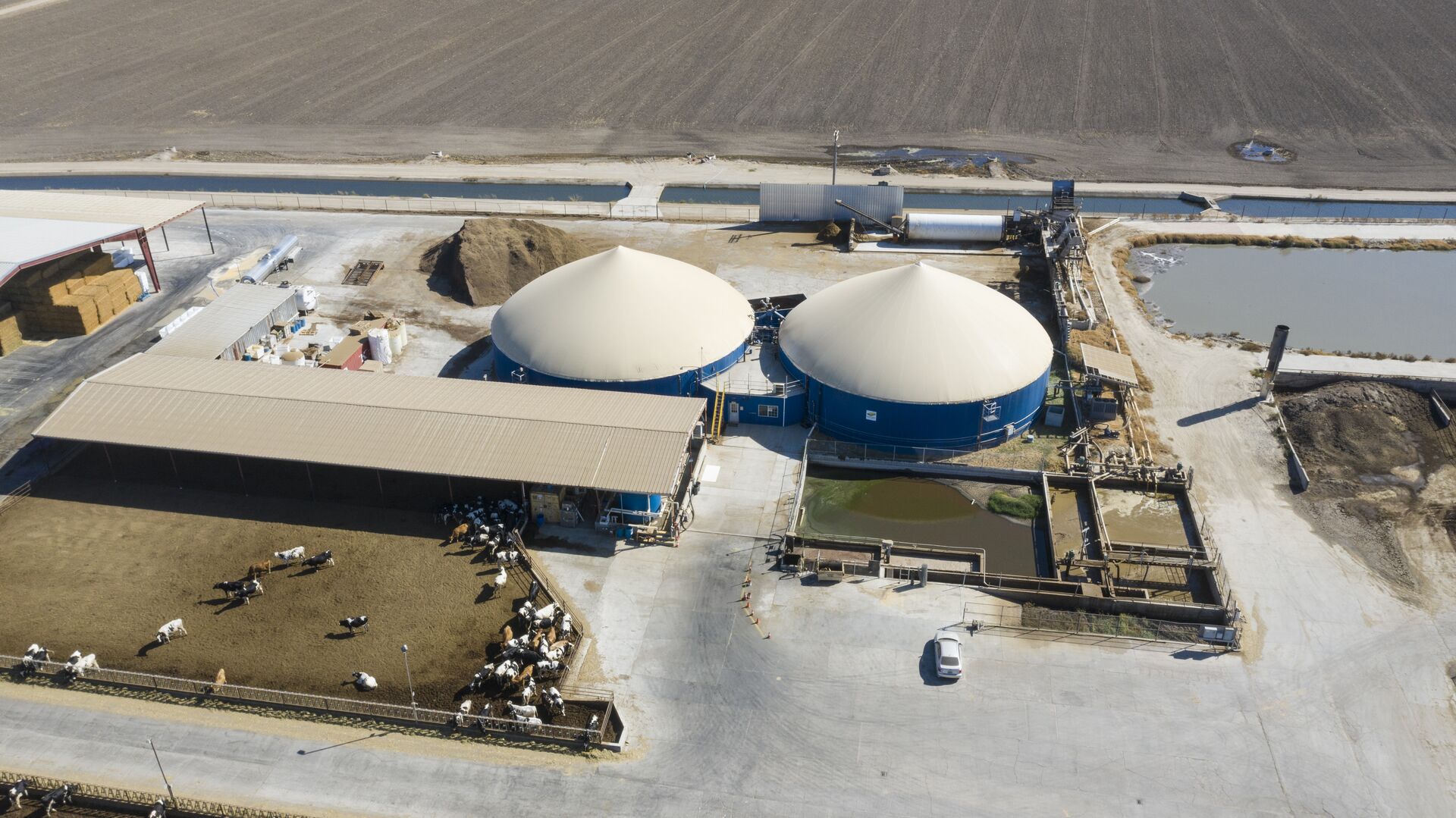
Dairy farmers commonly store waste from their cows in lagoons, which are large, open-air basins or pools. Keeping the waste further removed from the herd — and the people who work on the dairy — helps maintain optimal conditions on-farm, and lagoons also serve as the perfect environment for the breakdown of organic matter. The decomposition of this organic matter inevitably leads to the creation and emission of greenhouse gases (GHGs), which are known to be harmful. Enter the biodigester: a sustainable solution that keeps GHGs from entering the atmosphere and even puts them to good use.
Biodigesters are lagoons that have been covered, keeping GHGs trapped inside instead of being released. The environment fostered by these covered lagoons results in the transformation of the organic matter stored there into two new components: biogas and digestate.
Biogas comprises all of the gas released during anaerobic digestion, including methane (CH4), carbon dioxide (CO2), hydrogen sulfide (H2S), water vapor and more. According to the Environmental Protection Agency, biogas can be used as numerous types of energies, such as:
Digestate, on the other hand, includes the solids and liquids left over from the anaerobic digestion process. This organic waste can be used as:
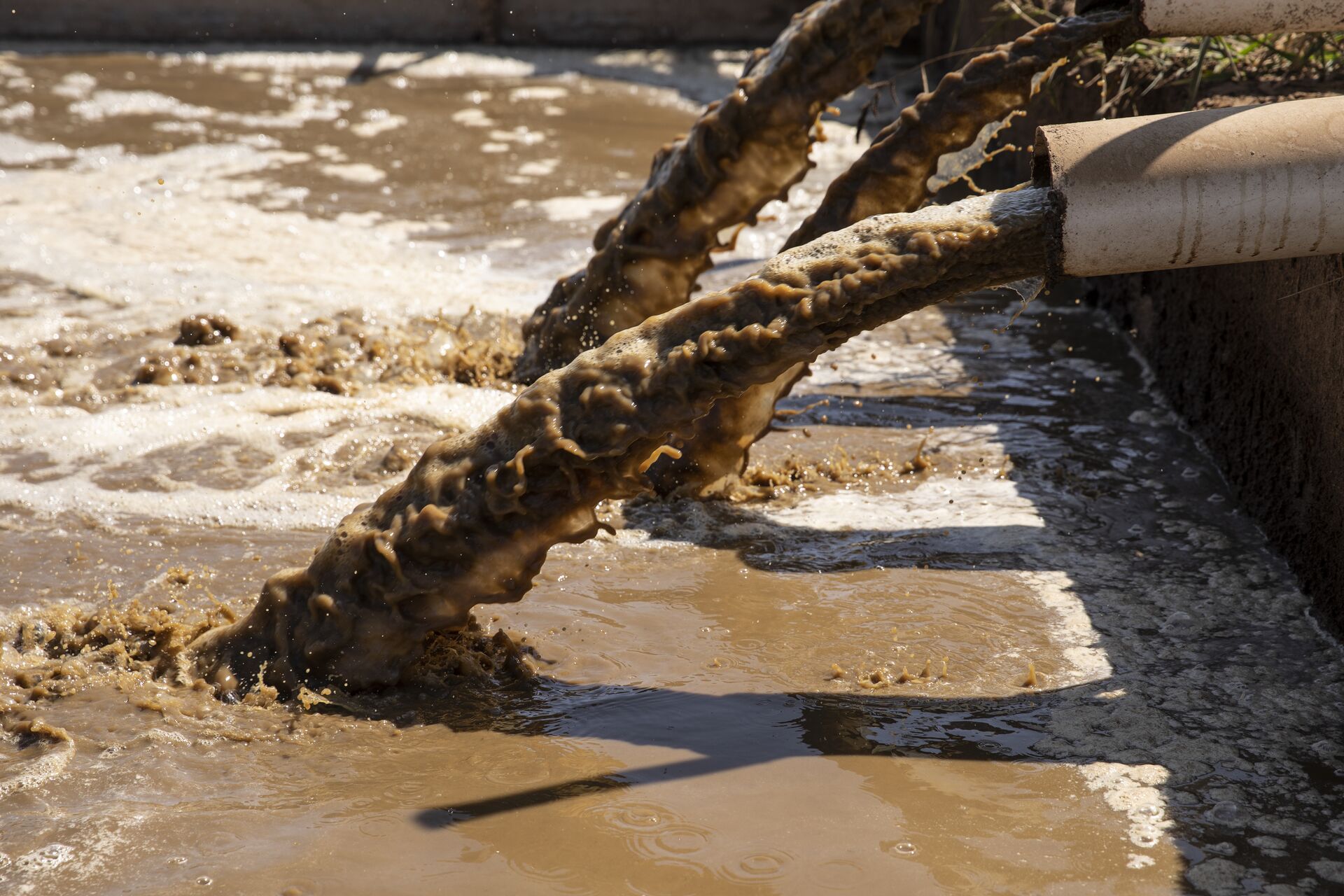
While the biological process of anaerobic digestion may seem complicated, implementing biodigesters on-farm is actually relatively easy — and the return on investment is outstanding. Establishing a biodigester allows farmers to turn waste into renewable energy and organic fertilizer through a very low-maintenance system, which generates cost-savings as a result of no longer needing to buy inputs for production.
Additionally, biodigesters often generate more energy than one farm needs, allowing producers to generate revenue through the sale of excess energy to others. As reported by Dairy Cares, the waste from one cow can produce enough energy to fuel an entire cross-country (U.S.) road trip in the average car, and the energy produced from the waste of five cows could provide enough electricity to power one house for an entire year. Imagine how much energy 100 cows could generate!
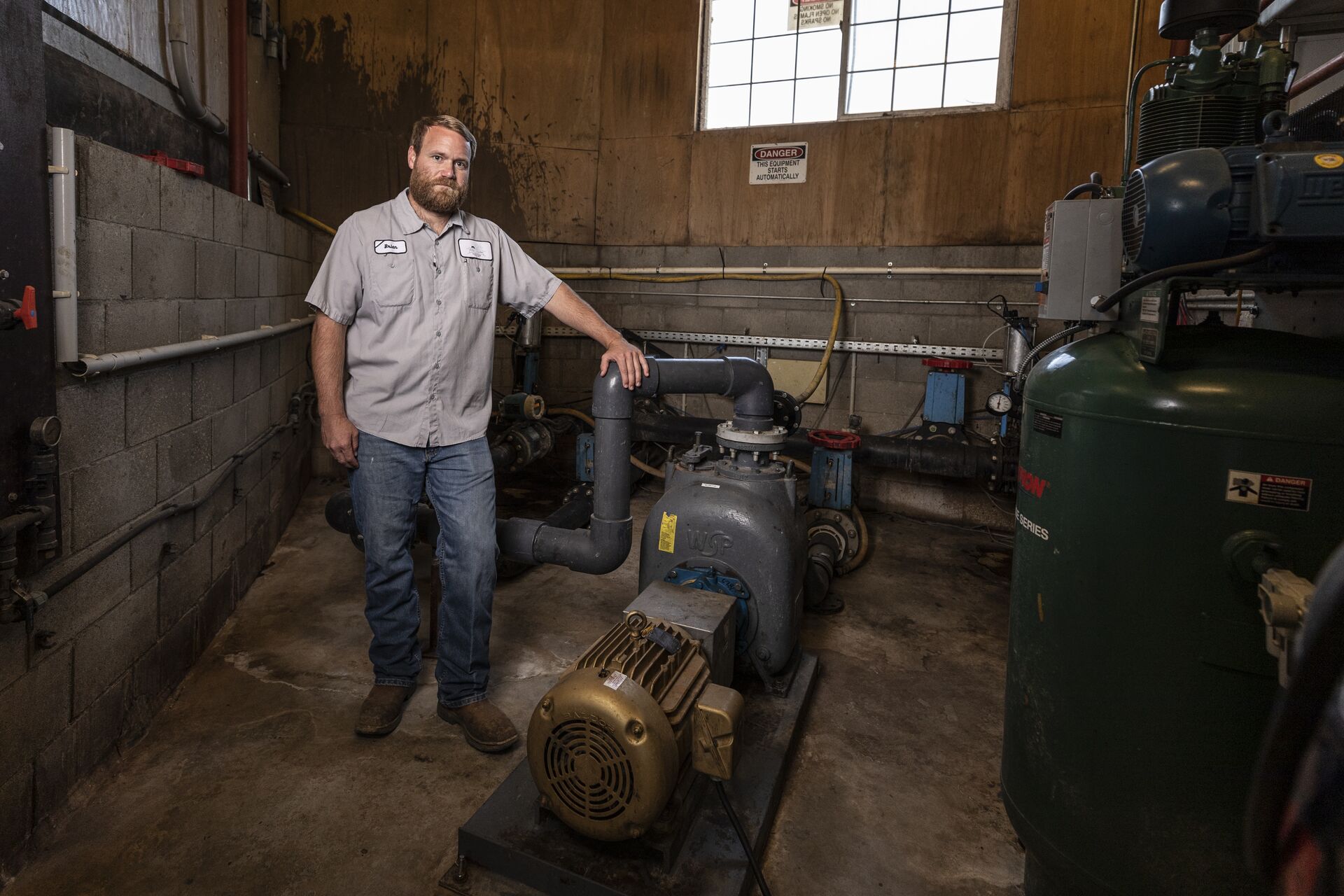
One dairy farm that has experienced the benefits of biodigesters first-hand is Fiscalini Farmstead in California’s San Joaquin Valley. A 100-year-old dairy farm that currently milks 1,500 cows, Fiscalini Farmstead’s biodigesters create enough electricity to power the entire operation — as well as 300 homes in the surrounding area. On top of that impressive statistic, in the 10 years since the biodigesters were first installed, Fiscalini Farmstead has reduced its propane usage by around 70%.
Despite these remarkable outcomes, farmer Brian Fiscalini doesn’t think the people living near his dairy operation would ever guess that cows are keeping their lights on. He hopes, however, that positive stories about how agriculture producers are harnessing innovation for a more sustainable future will become more widespread and well-known.
“Most people who live in our area would be very surprised to know that their electricity actually came from a renewable source and was cow manure at one point,” he said. “I think that if the average consumer knew that dairy farms (are) converting methane gas into electricity, they would probably look at farmers in a different way.”
“As people move further and further away from the farm, physically and emotionally, what we as farmers need to do is to bridge that gap again,” he continued. “We need to continue to tell our story. We need to make sure that we’re letting (people) know that it’s been taught to us from a very young age that taking care of our cows and the environment is important.”
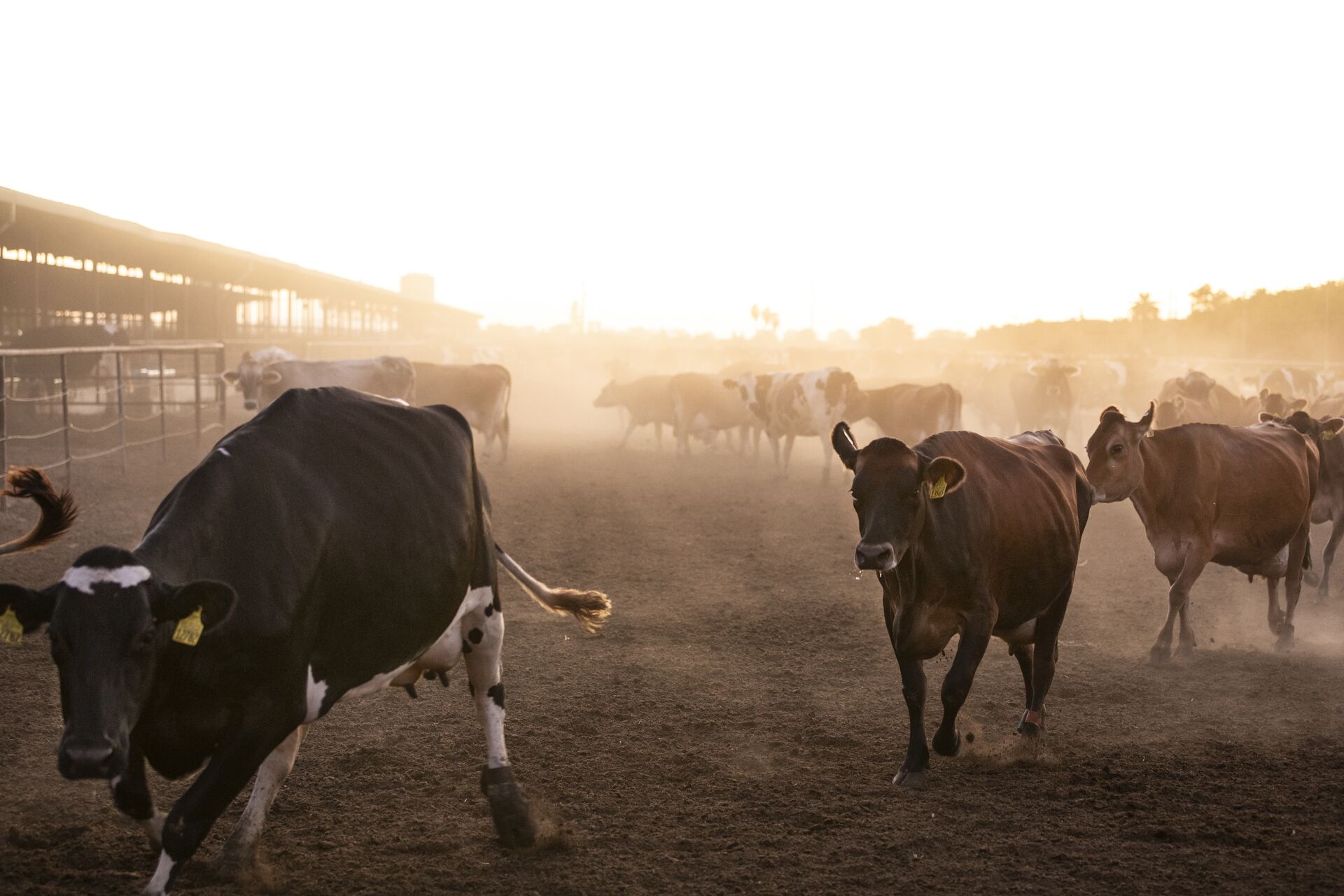
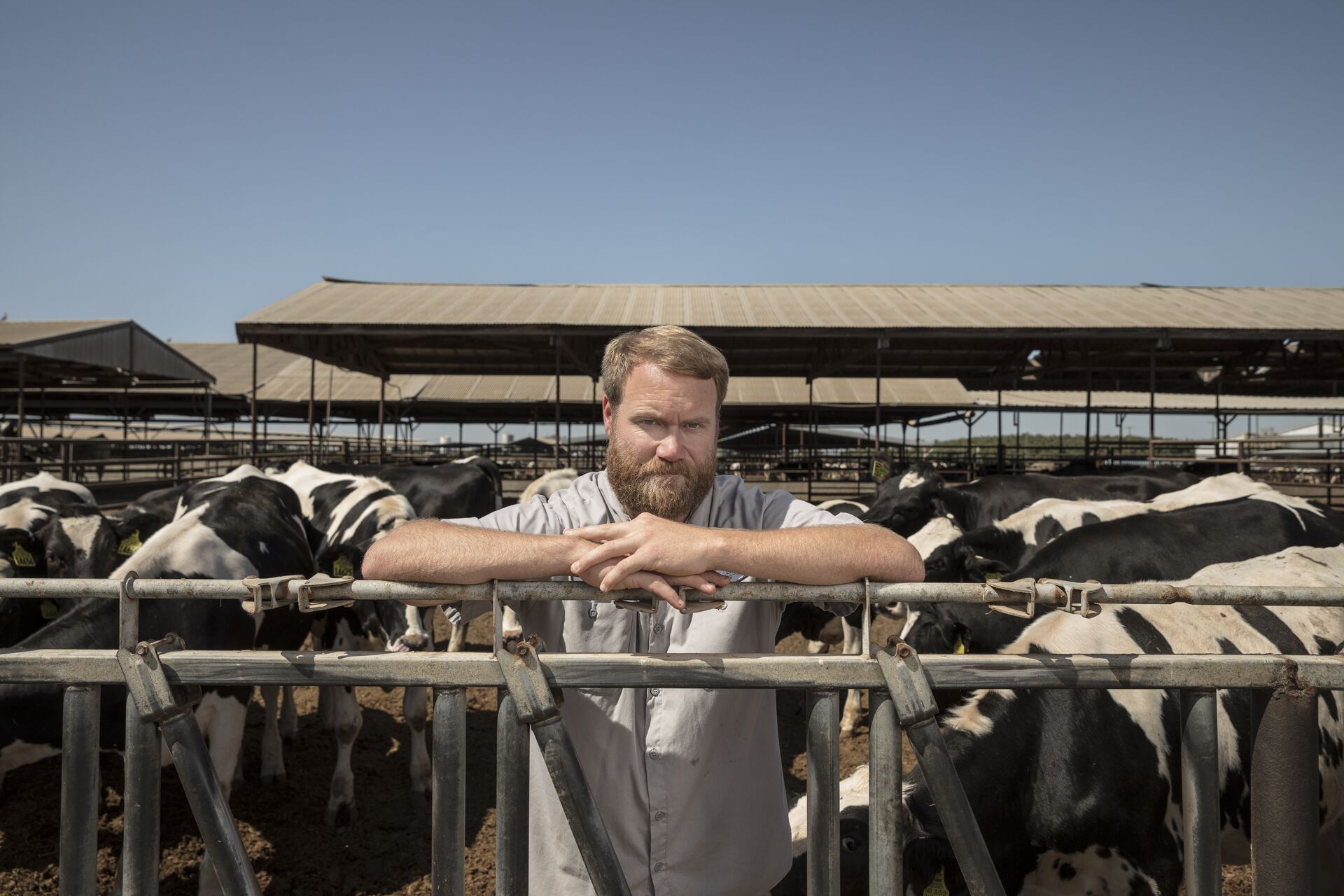
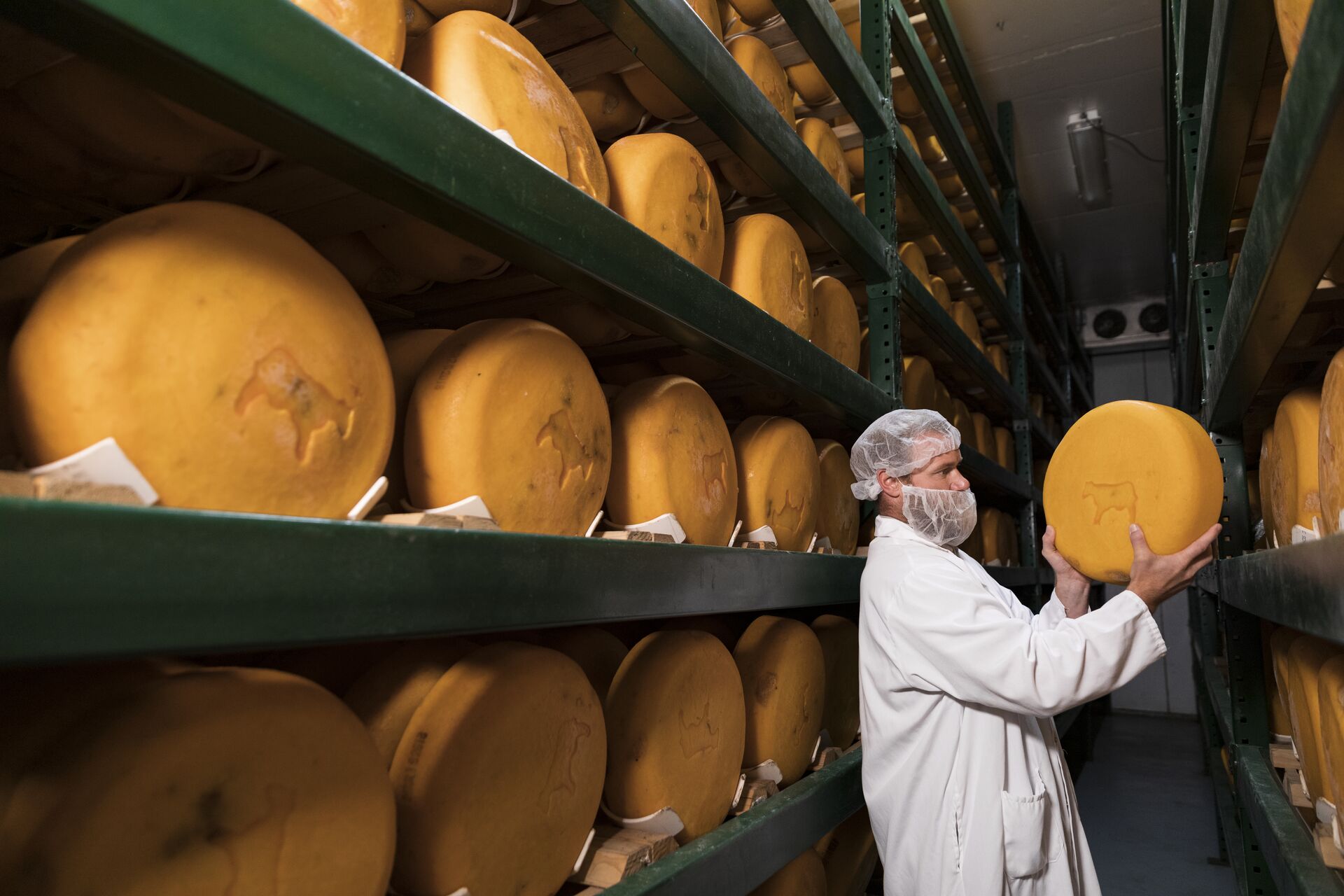
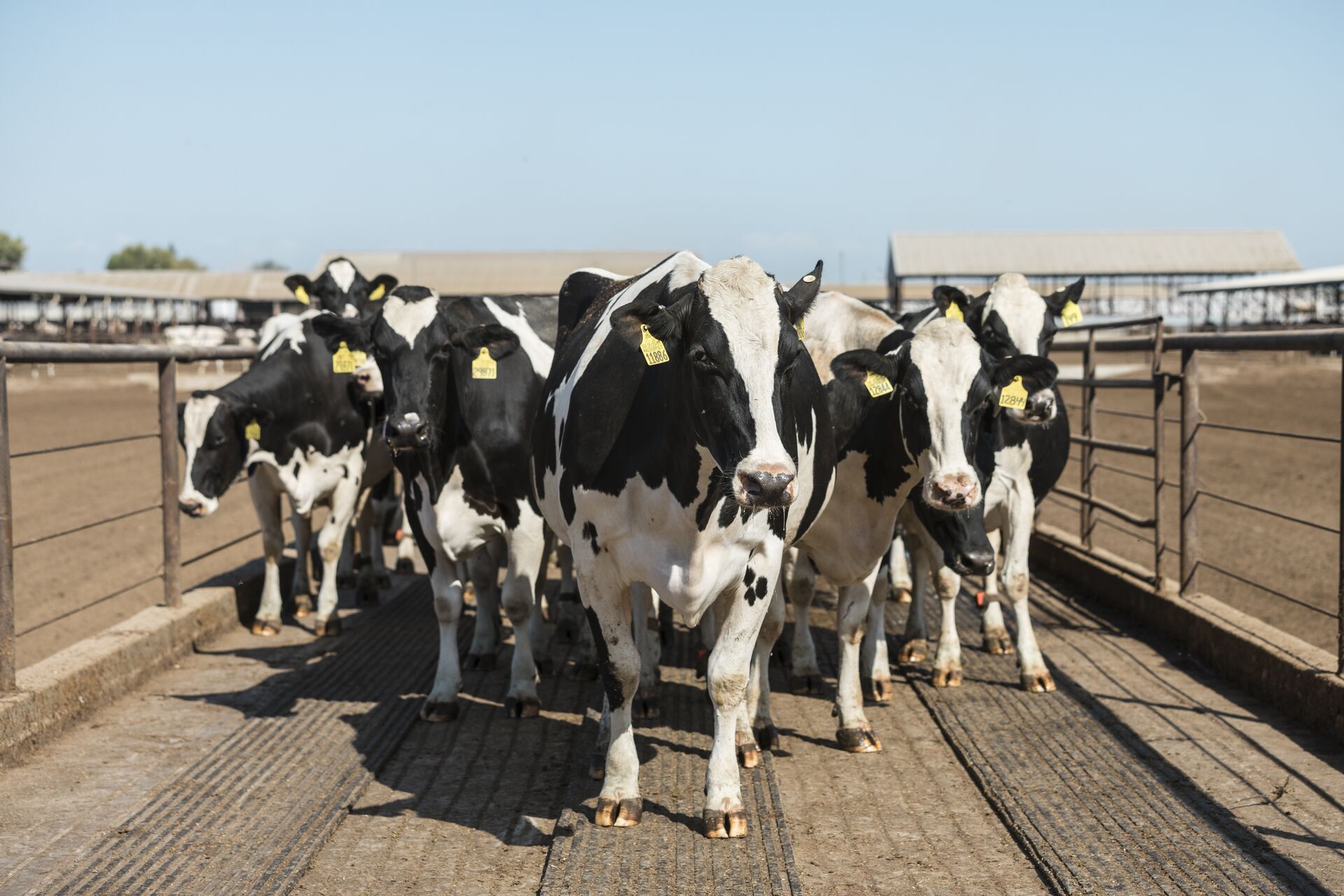
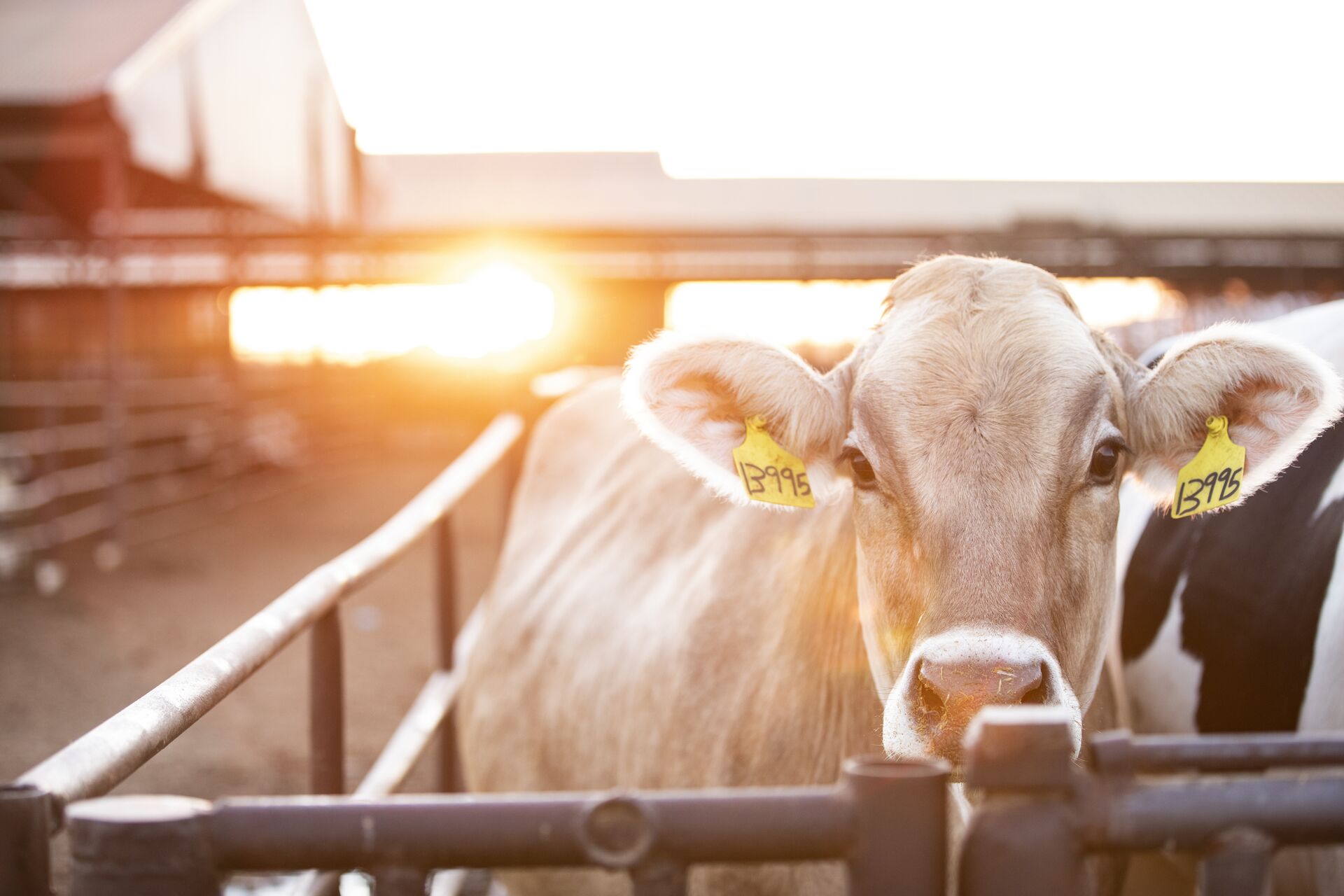

Restoring 40 million hectares of pasture could feed billions and ease pressure on the Amazon. Is the world paying attention?
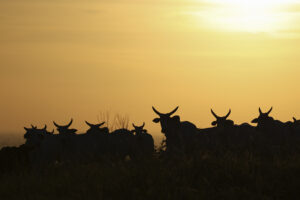
New mini-doc explores deforestation, food security and the Brazilian cattle sector’s path to a more sustainable future

Mention Brazilian beef, and you’re likely to spark discussion about familiar themes: deforestation, emissions and blame. What do we find when we dig deeper? Here are the answers to five top questions about Brazil’s role in protecting the Amazon and feeding the world.
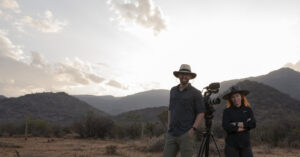
From science to the big screen: Discover how a single question grew into a global journey.
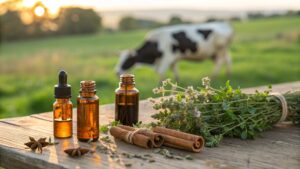
The role of essential oils like thyme, oregano and clove in reducing methane emissions from cattle.

Exploring the science of cows, climate change and how greenhouse gases move through the atmosphere
As climate change intensifies and the world’s population continues to grow, the pressure on our global food production system mounts. You can play an active role in shaping a more sustainable planet for future generations. Fill out the form below to learn more about how you can partner with us.
Receive notifications about the release date, new online content and how you can get involved